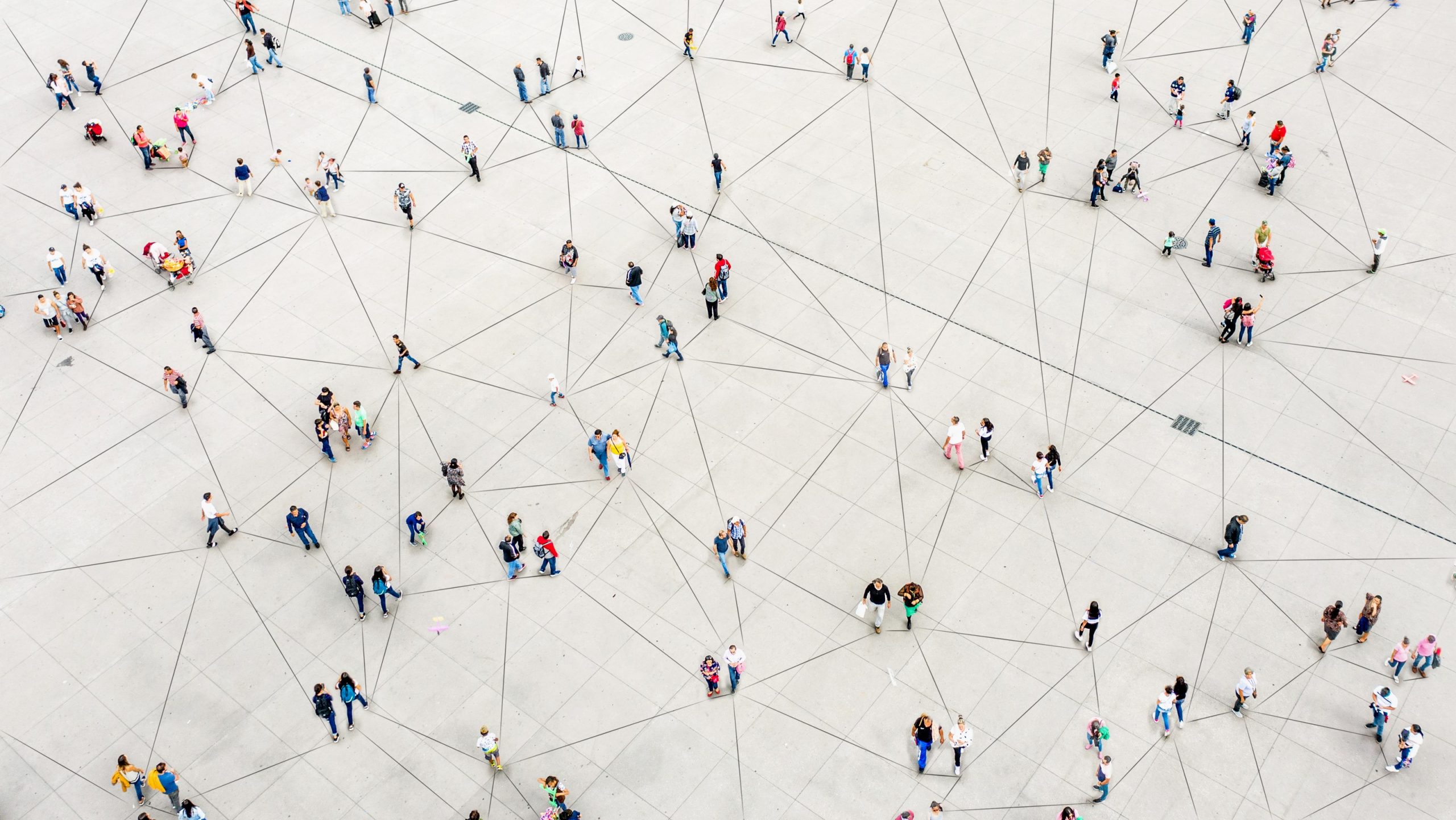
Low levels of social interaction across class lines have generated widespread concern and are associated with worse outcomes, such as lower rates of upward income mobility. Here, we analyze the determinants of cross-class interaction using data from Facebook, building upon the analysis in the first paper in this series.
We show that about half of the social disconnection across socioeconomic lines—measured as the difference in the share of high-socioeconomic status (SES) friends between low- and high-SES people—is explained by differences in exposure to high-SES people in groups such as schools and religious organizations. The other half is explained by friending bias—the tendency for low-SES people to befriend high-SES people at lower rates even conditional on exposure.
Friending bias is shaped by the structure of the groups in which people interact. For example, friending bias is higher in larger and more diverse groups and lower in religious organizations than in schools and workplaces. Distinguishing exposure from friending bias is helpful for identifying interventions to increase cross-SES friendships (economic connectedness).
Using fluctuations in the share of high-SES students across high school cohorts, we show that increases in high-SES exposure lead low-SES people to form more friendships with high-SES people in schools that exhibit low levels of friending bias. Hence, socioeconomic integration can increase economic connectedness in communities where friending bias is low. In contrast, when friending bias is high, increasing cross-SES interaction among existing members may be necessary to increase economic connectedness.
To support such efforts, we release privacy-protected statistics on economic connectedness, exposure, and friending bias for each ZIP code, high school, and college in the U.S. at https://www.socialcapital.org.